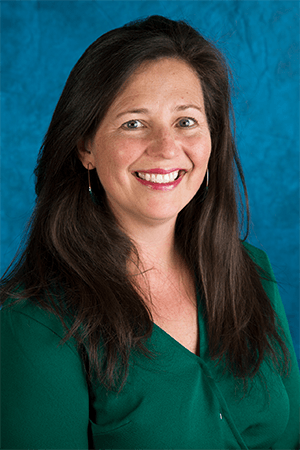10 ELL Must-Haves for the First Day of School
Students and teachers in the United States are packing up their summer gear in favor of backpacks and briefcases to get ready to go back to school. Although calendars around the world differ, the first days of a new school year or instructional cycle are crucial to setting the tone and pace for the teaching and learning that follow.
With that in mind, I offer a list of 10 items that teachers of English learners should have ready for the first days of class, regardless of context, age, or proficiency level.
- Students’ names with pronunciation guide(s). Fellow TESOL Blogger Judie Haynes published an excellent post on the importance of learning your students’ names and how naming practices differ culturally. One way to integrate technology to help you is to have students speak their names into your smart phone or computer so that you may listen to the pronunciation multiple times and practice on your own.
- Students’ proficiency levels. Many states in the United States utilize the WIDA proficiency levels and “Can-Do” descriptors; other states utilize results from an English proficiency exam, such as the Texas English Language Proficiency Assessment (TELPAS) in Texas; and of course, TESOL International Association has K–12 and adult proficiency standards. Many private institutions have their own definitions of what constitutes a “Level 2” learner or a beginner, so be sure to check with your site to see what each level entails.
- Your name, class title, and room number on the board or displayed in a prominent location. Students and their families will want to know if they are in the right place, and will want to know what they should call you to be polite. Try to remove as much of the guess-work of the first day of classes as you can, so students can focus on their learning. They will also learn to expect explicit direction and clarity from you, which will help you build relationships with your ELLs. See Teacher Gazette‘s 7 questions students will have on the first day of school to help them feel comfortable.
- Icebreaker activities. English learners need lots of language input during their classes, and from people other than their teacher. Be sure your all of your students know each other’s names, and have some avenues to communicate. Sharing similarities and background experiences early on can create commonalities across diverse groups of students. A past post on icebreakers for ELLs can be found here.
- Classroom materials. Show students where all materials are kept and labeled, and how you would like them organized. Consider having extra copies of books for students who have not yet purchased them so they don’t get behind early on, as well as extra materials for students who may not be able to purchase required items. Show students where you expect them to keep their materials during class, be it desks, cubbies, under chairs, on hooks, or elsewhere.
- Established routines for starting class, turning in assignments, ending class. These routines are a key part to classroom management, as students of all ages crave predictability to a certain degree. Being clear about how you will begin class, how you will get your students’ attention when you need them to be quiet or pay attention, how they should submit their work to you, and what they need to do to wrap-up the class period or day can save you hours of instructional time throughout the year or cycle.
- Expectations for whole group, small group, and individual behavior. Many teachers have class rules or expectations. I like the idea of having separate expectations for these three different configurations, since we behave differently in a large group than we do in a small group. For example, during whole group time, students are usually asked to be quiet while the teacher presents information, and a few students respond. During small group, I want more of my students to be participating and interacting with each other, and much less “quiet.” During individual work, I like to articulate to students what “on task” behavior looks like, regardless of age or proficiency level.
- Ways to communicate with students or their families outside of the classroom. Explain how you will be in contact with students and/or their families outside of the classroom. Perhaps you will use an online grading system where you can also post announcements, or a weekly newsletter highlighting class activities. Consider alternative ways to contact families, such as phone trees and family nights at the school, and try to communicate in the preferred language of the family whenever possible. A TESOL blog on communicating with families of young learners can be found here.
- Space to display daily objectives that guide teaching and learning. Reserve space to post daily student learning objectives so students know to what end they are working. Highlighting content and language focus in K–12 settings promotes language learning among students and maintains a language focus among teachers who are tasked with balancing both.
- Preview of the learning opportunities to come. Hook your students in to the new class material with an engaging preview of what they will be learning this year. Show models of past work, share related images or clips of videos, or pose questions that will eventually be answered during the course to pique your learners’ interest in future experiences.
Hopefully, this list will help you start an excellent year or course cycle!

